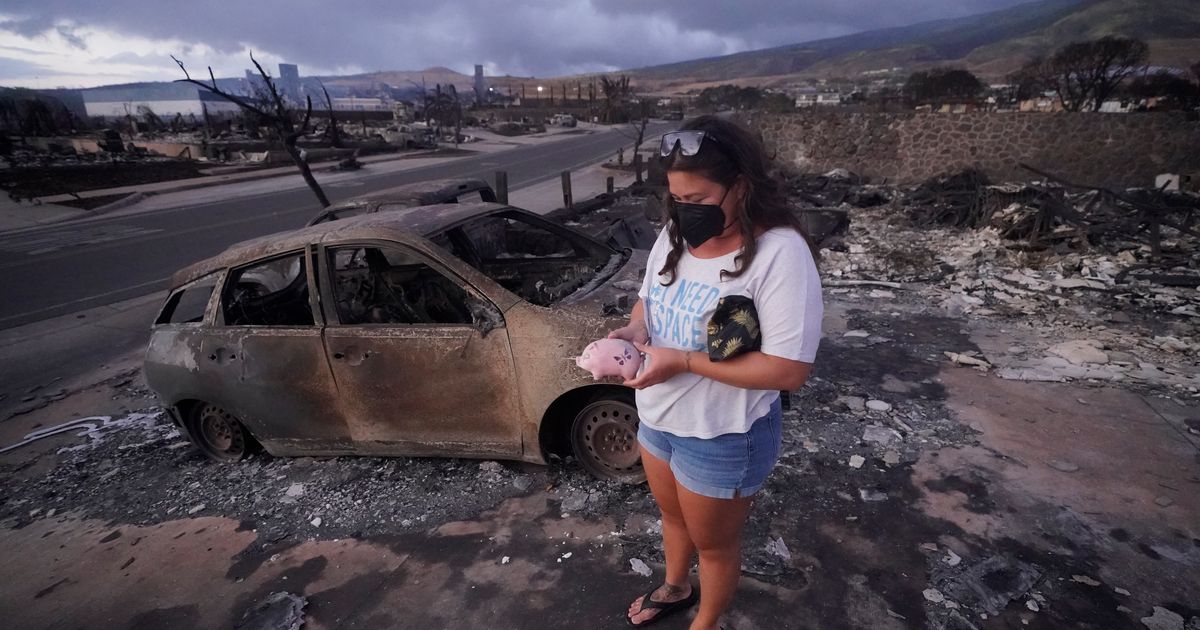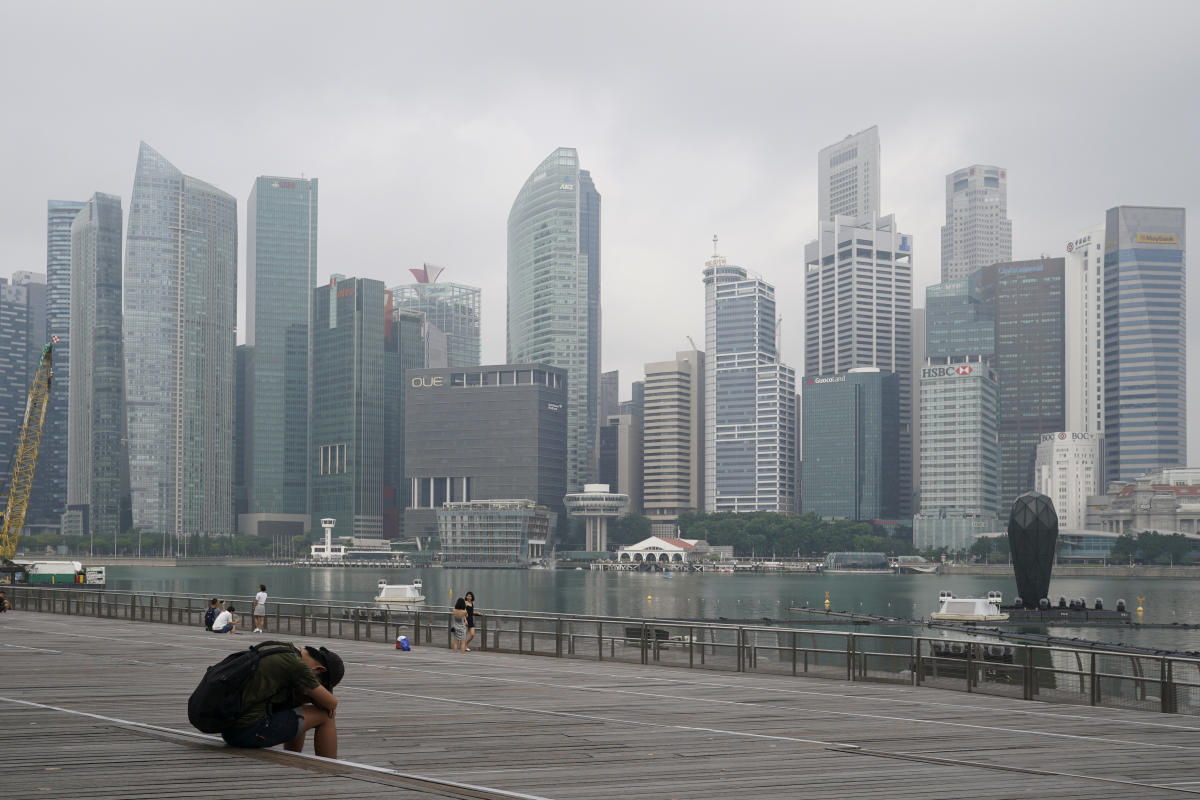While the world’s eyes are on LA, in truth it is inland – the mountains and the desert – that will be hardest hit. In San Bernadino, west of Los Angeles, the Sheriff’s office has issued evacuation notices for residents in a handful of high-flood-risk communities including Angelus Oaks, Forest Falls, Oak Glen, Mountain Home Village and Northeast Yucaipa.
Authorities have also recommended residents of Catalina Island, off the coast of Los Angeles, evacuate “at their earliest opportunity” before boat transport between the island and the mainland is suspended. “Especially those with medical, access and functional needs,” the alert warned.
Water, water everywhere, but not a drop to drink … locals in Los Angeles panic buy essential goods.Credit: Tom Kloth
Meanwhile, scheduled baseball fixtures for the Los Angeles Dodgers and the Los Angeles Angels were both brought forward to Saturday, ahead of the storm’s arrival. The Los Angeles FC soccer match against the Colorado Rapids has been shifted to Wednesday. A scheduled LA Galaxy soccer match has been moved to October 14.
The deteriorating weather conditions have even slowed the space race: Elon Musk’s spacecraft manufacturer SpaceX has delayed a planned launch of the Falcon 9 rocket from the Vandenberg Space Force Base, north of Los Angeles, until conditions are clearer. The rocket was to carry a payload of 21 new Starlink satellites.
The hurricane, which formed initially as a tropical storm in an area of low pressure off the southern coasts of Mexico, Guatemala, and El Salvador, reached hurricane strength within four days and began moving up the coastline of the western Americas. At that point, Hilary was delivering 230 km/h winds.
On Sunday afternoon, Australian time, Hilary was moving up along the coast of the Baja California peninsula, in north-west Mexico, and towards the south-western coast of California, near San Diego, churning up winds of about 175 to 215km/h.

NBC4 in Los Angeles maps the path of Hurricane Hilary.
The storm is expected to make landfall on the Baja California peninsula early on Monday (AEST). After that, experts are predicting a trail of potential damage that runs through the eastern side of Los Angeles County into rural California and the neighbouring state of Nevada. If it leans west during that trajectory, it might move through Rancho Palos Verdes, Santa Monica and the celebrity enclave Malibu.
Hilary is the sixth hurricane of the Pacific hurricane season, which runs from May to November in the northern hemisphere. Before this, the most notable was Hurricane Dora which clashed with a strong anticyclone resulting in devastating gradient winds that battered the Hawaiian islands and exacerbated the spread of wildfires there, including the Lahaina fire on the island of Maui.
To a generation who grew up listening to (and believing) Albert Hammond’s 1972 hit It Never Rains in Southern California, all of this sounds like madness. And while it most certainly rains these days in America’s sunniest state, no tropical storm has made landfall in California since September 25, 1939.
Disaster-preparedness is in the DNA of Los Angeles residents. They might be a city of drama queens when an afternoon of sprinkling rain turns a local TV channel’s schedule into rolling “Flood watch”. But they have also lived, for more than two centuries, with the lingering threat of the San Andreas Fault, a 1200-kilometre long right-lateral strike-slip transform fault that shakes the state every century or so. (Unhelpfully, the latest “big one” is also about 20 years past due.)
Having endured once-in-a-century fires and once-in-a-century floods in the past few years, a once-in-a-century tropical storm is not on anyone’s wish list. But if swarms of locusts and frogs made an appearance in Los Angeles this week, they would be lucky to make the news.
#Bustling #Los #Angeles #quiet #shelves #empty #onceinacentury #storm #approaches













